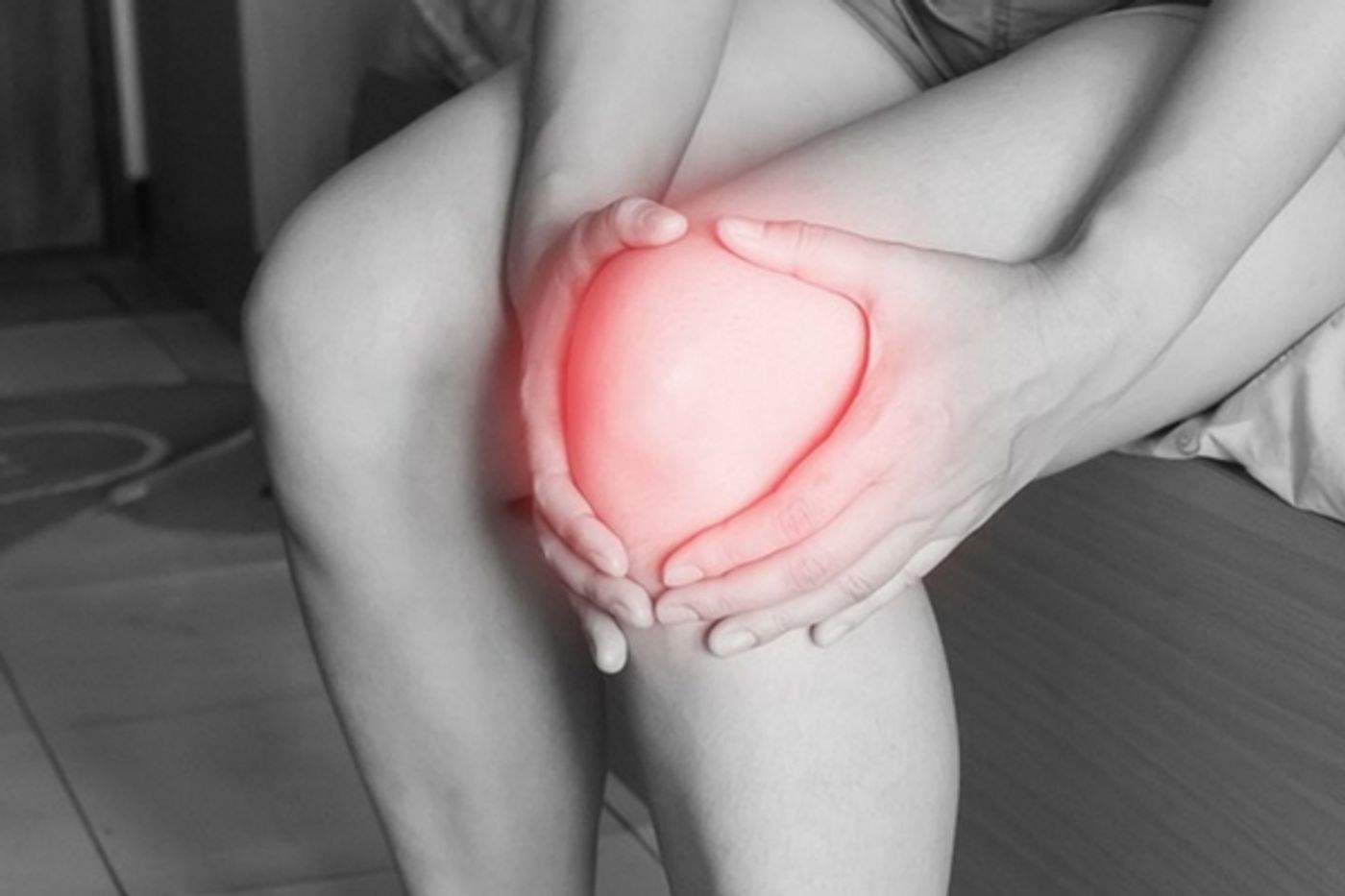For Lupus Patients, Increasing Exercise and Reducing Stress Is Crucial
It's a common paradox in some illnesses that while exercise and regular physical activity is is beneficial, the illness itself makes this difficult. Thus begins a vicious cycle of wanting to exercise to feel better, but not being able to exercise because of not feeling well.
Lupus is an example of this. Joint pain, swelling and feeling tired or unwell are almost everyday occurrences for some patients. A new study, however, shows that pushing through this discomfort and getting some regular exercise is the best way to alleviate some of the symptoms.
Researchers at Ohio State University recently published a study that showed, in a mouse model, that exercising for 45 minutes a day can help decrease kidney damage caused by lupus. In patients who have this autoimmune disease, one of the ongoing issues is inflammation. It's often widespread involving joints, muscles, and even vital organs. While joint pain and swelling are problematic, the real danger for those with lupus is kidney damage. In severe cases, inflammation in the kidneys can lead to kidney failure and death, so treating it is a crucial part of staying healthy.
All of the mice in the study had been genetically altered to have lupus. The results of the research showed that in the mice who spent the equivalent of 45 minutes of moderate treadmill walking, inflammatory damage to the kidneys was far less common than in the mice who did not get any exercise. How did they arrive at this result? There are a few biomarkers that are known to be present in an inflammatory response. The mice in the study who had exercised had very low levels of these indicators, while the sedentary mice had very high levels.
It's not just exercise that can improve symptoms in lupus. Stress plays a role as well. Since the scientists knew what biomarkers to look for, they exposed the mice to a stressful situation. For lab animals that means disrupting their daily routine by putting them in a cage with a stronger, more aggressive mouse. These encounters are a common way that scientists induce psychological stress in lab mice.
When blood samples were taken to measure the levels of inflammatory biomarkers after a stressful event, the levels skyrocketed. As a result, the stressed mice wound up with significant kidney damage from the inflammation.
Nicholas Young is a research scientist who studies rheumatology and immunology at Wexner Medical Center at the University. He explained, "If we observe similar results in human studies, this could mean that stress reduction and a daily regimen of physical therapy should be considered as interventional strategies to be used alongside current medical treatment. We may have started to characterize an effective way to reduce inflammation and help people with lupus aside from conventional drug therapy."
Young said that while previous research projects showed that exercising could improve symptoms in lupus patients, the exact biology of how that happens was never fully understood. The team at Wexler has begun a small human pilot study to see if the results can be duplicated in adults with lupus. The trial involves enrolling lupus patients in tai chi classes, which involve physical activity as well as stress reduction. Early indications from that study show that the biomarkers of inflammation did go down in participants, but further study with a larger sample group is necessary. The video below explains what lupus is and how it is diagnosed and treated. Hopefully, with this encouraging new research, there will be fewer patients with organ damage and kidney disease.
Sources: Ohio State, Frontiers in Physiology, US News and World Report/Health Day









